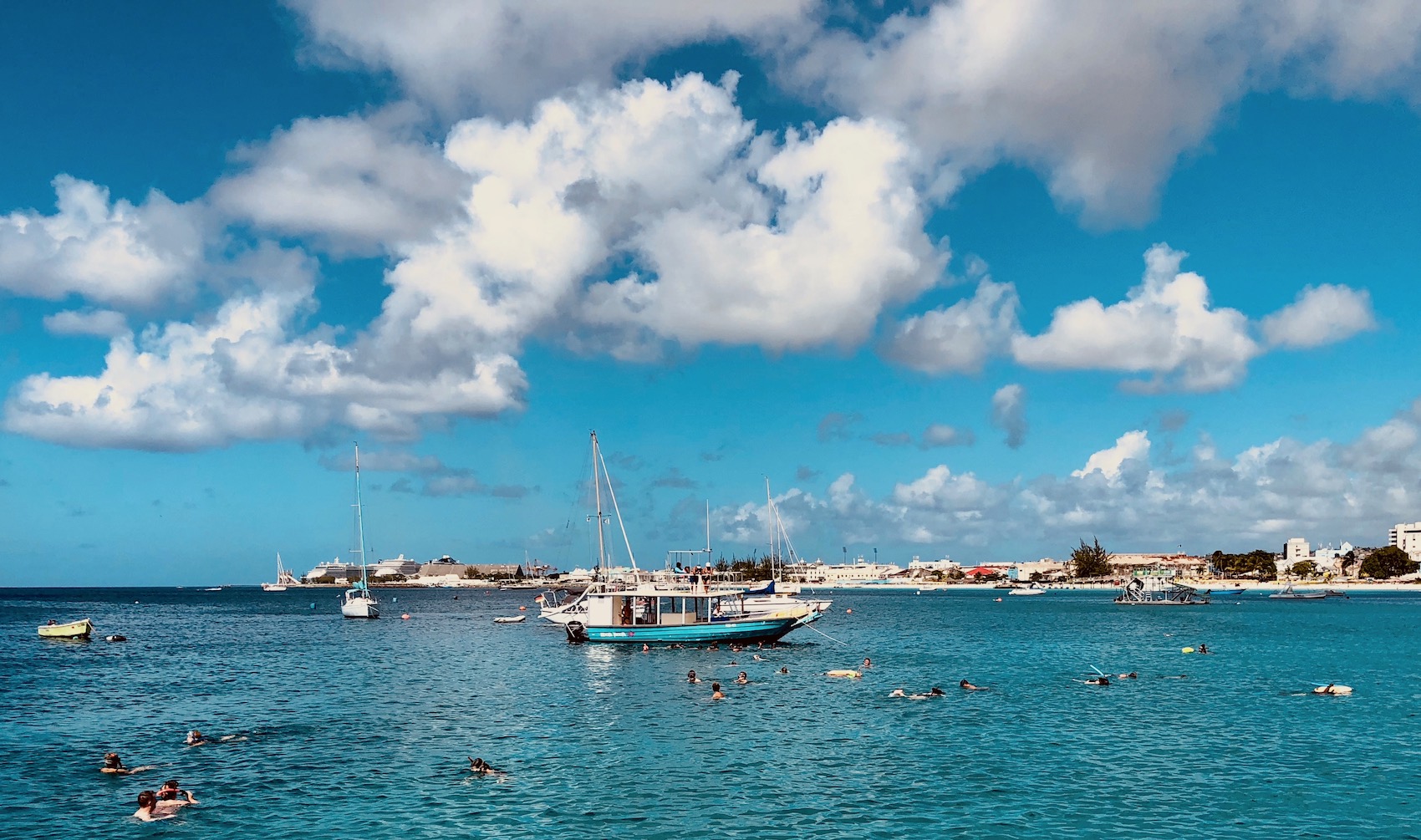
Thailand, Vietnam, and Japan: Buddhists and Buddhas Everywhere!
I can see Russia from my cruise ship! Well, maybe that’s Russia – it definitely will be Russia
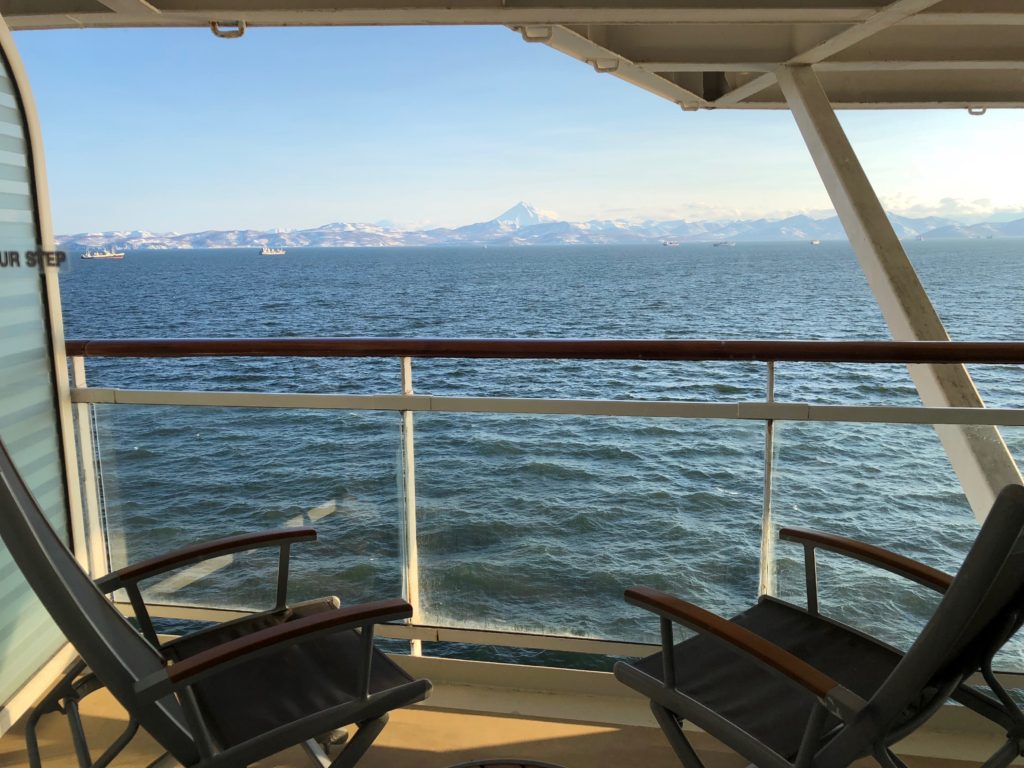
tomorrow morning. For the next week, we occupy a room on the Celebrity Millennium as it sails across the Bering Sea (with a stop in Russia, if the Russians see fit to let the passengers off. Sometimes they just say ‘nyet’ we’re told, and miss out on all that tourist cash. Bad capitalists…..).
This week, I hope to NOT do two things (eat too much cruise food or read the news) and plan to concentrate on one thing: Capturing our Epic Journey in words and pictures, before my memory starts its inevitable disappearing act (curses failing memory). Good thing I have Padre; he has been recording everything meticulously – and he even has time to attend shipboard presentations on things like astronomy, which is where he is right now. (Update: He just came in and exclaimed, ‘We’re screwed! The sun is dying!’ and sat down to record what he learned on his I-pad. He’s been like this for 52 days in a row, and I still love the guy :-)))
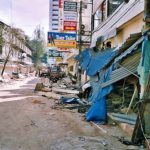
I’ll start with the 2004 Indian Ocean Tsunami, which killed more than 230,000 people, to introduce what I want to say about Buddhism. We have visited numerous Buddhist temples and shrines, observed (and sometimes joined in) everyday Buddhist rituals, from weddings to funerals to New Year’s celebrations, especially in Thailand, but also in Vietnam and Japan. So what does an ordained Baptist minister (and his inquiring wife) think of all this?
So back to the tsunami. Our Thai guide Ranee, a skilled teacher (her major in college), made sure to explain in detail the unfamiliar rituals and cultural practices to her mostly American small tour group. When she finally tackled the inevitable question – what about Buddhism and Christianity? – she informed us that Thais are cool with both, even though most Thais are Buddhists, and then she told us about how the tsunami affected her family.


The day before the tsunami devastated Phuket, Ranee had just finished leading her last tour of the season – in Phuket. She returned home to Chiang Mai that night, jolted awake the next morning by her phone ringing off the hook. No one could reach her aunt, who owned a shop on Phuket’s main shopping street – and also happened to be a Christian. Three days later, when her aunt was finally able to get a message out, she related how she barely survived – she was engulfed in water up to the ceiling of her shop in the first wave, and only survived the second wave because a stranger (who turned out to be Buddhist) saved her life by pulling her out of the water to a higher building. Her shop was destroyed, and even today she really doesn’t say much about her harrowing escape to anyone.
finished leading her last tour of the season – in Phuket. She returned home to Chiang Mai that night, jolted awake the next morning by her phone ringing off the hook. No one could reach her aunt, who owned a shop on Phuket’s main shopping street – and also happened to be a Christian. Three days later, when her aunt was finally able to get a message out, she related how she barely survived – she was engulfed in water up to the ceiling of her shop in the first wave, and only survived the second wave because a stranger (who turned out to be Buddhist) saved her life by pulling her out of the water to a higher building. Her shop was destroyed, and even today she really doesn’t say much about her harrowing escape to anyone.
With her livelihood ruined, Ranee’s aunt moved to Germany with her European husband, where the German people helped her get back on her feet, economically and psychologically. She considered her near-death experience a sign from God, and went back to school to be ordained as a minister, which she still is today. She believes it is significant that her life ‘saviors’ during the tsunami were first a Buddhist, and then the Christian Germans – and now as clergy herself, she preaches a message of loving kindness for all, which, when you think about it, is a rather Buddhist (and Christian) thing to believe.


Strict Christian literalists won’t agree, but Ranee proposed that whatever religious pathway people choose to follow, that’s ok – it’s the loving kindness that matters. We like that, and the emphasis on love and kindness – no matter what we call it, what statues are on the alter, or what chants are chanted or songs are sung – resonates with our understanding of the basic tenets of Christianity.
that whatever religious pathway people choose to follow, that’s ok – it’s the loving kindness that matters. We like that, and the emphasis on love and kindness – no matter what we call it, what statues are on the alter, or what chants are chanted or songs are sung – resonates with our understanding of the basic tenets of Christianity.
So enough about religion: Let’s talk about idols! Speaking of idols, what’s the deal with all the Buddhas? We saw hundreds of Buddhas, in all shapes, sizes, and styles, and a cursory glance would indicate some serious idol worship going on in the countries we visited. But no – that’s an unfortunate misconception (a common one among foreigners who don’t look a little closer).
In fact, the Buddha image is not an object of worship. Instead, its purpose is to serve as a reminder for Buddhist practitioners of Buddha’s teachings (loving kindness for all, mindfulness, etc.). And even though we saw lots of devotees kneeling before statues and making offerings, when we paid attention to what they were chanting and praying, Ranee was right: They were not worshipping Buddha, but reminding themselves to practice his teachings –and did I mention that those teachings include loving kindness for all?
An example of this: We joined Ranee in one Buddhist ritual at the Wat Phra That Doi

Suthep Temple, by circling around a huge Buddha (and what seemed like a million small and medium Buddhas) three times. For the first lap, Buddhists remember their love of Buddha and his teachings; the second lap, they meditate on his teachings so they remember the ones they need to practice, and on the third lap, they meditate on how they plan to incorporate those teachings in their own lives. Ranee told us that it was perfectly ok to just change ‘Buddha’ to ‘Jesus’ – we did that, and guess what? By the time we finished, we were thinking about how we were going to show more loving kindness for all in our daily lives (of course!). I was also thinking about the darling little boy who skipped in front of, next to, and behind me with his dad as we circled three times – loved seeing so many families practicing the rituals together.

Ranee also shared a very personal moment with us; her
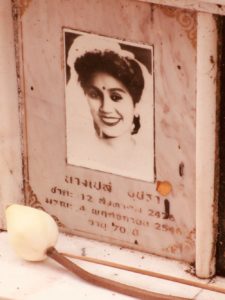
own mother is interred at the same temple. She said some prayers and placed a flower on her mother’s marker. These are the same rituals we perform at our parents’ grave markers back home. And members of our tour group joined another funeral ritual at the Phra Chao Gao Tue Temple, where the family encouraged strangers to join the line and pour water in honor of their deceased love one. Something else that looked familiar: We witnessed a funeral procession making its way down a city street, led by a line of monks. I suppose you could just change the orange monk robes to black pallbearer suits and you’d be in the States.

We saw a distinctly Buddhist attitude, I think, in the inclusive generosity extended to obvious tourists like ourselves (this happened on several occasions), and I suspect we were the fortunate recipients of some Buddhist teaching-in-action at those moments. How graciously we were treated, even though we had those annoying cameras in our hands! How do the Buddhists stay so calm, and treat others so kindly? A thought to meditate upon, I’ve decided.
So what will be my lasting impression of the numerous Buddhist shrines, temples, rituals, and people we have encountered on this trip? I am confident that what I

will remember most will be the similarities, not the differences, between cultures and religion practices. One last example: We witnessed the start of a wedding at our hotel in Sukhothai; local Buddhists chanted to begin the festivities, which you wouldn’t see at your local Lutheran Church, I get that. At our wedding several years ago, though, the high school string quartet played Vivaldi as we walked down the aisle. Sort of like the chanting monks (just add violins) if I stretch this comparison a bit?
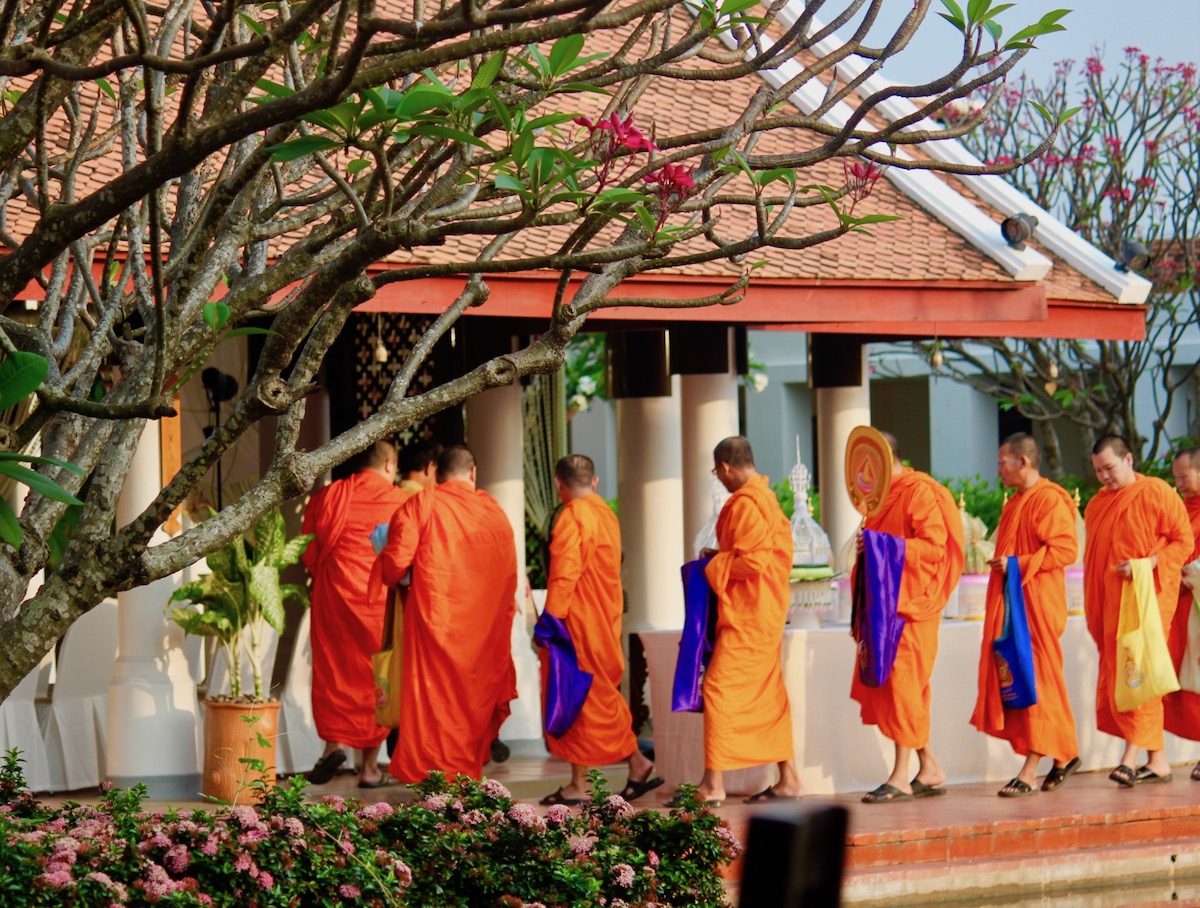
And the lovely wedding photos on display by the entrance, the yummy tall cake, and the families, down to the tiniest of children, excited and dressed in their finest for the festive occasion? It looked a lot like home, although the time was off. Weddings are all-day affairs in Thailand – the guest arrived at 7:00 am to make time for the numerous rituals, we learned.
I also noticed more than one wedding dress shop on our journey – those bedazzling dress displays in the windows could be in Seattle instead of Bangkok or Tokyo. We did learn that in Thailand the bride and groom retreat to their room for a few hours (with relatives! – who give advice! Oh my, TMI for most Americans…). That’s definitely different, but hey. Thais may wonder why we smash cake in our beloved’s face after the ceremony (why do we do that, anyway?).
And one last Buddhist practice I particularly love, a universal one – doesn’t matter where 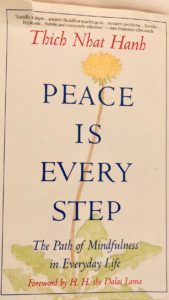 on this wide, wonderful planet you live, we can practice this one, as I did in Russia. (FYI by the time I finished this post I made it to Russia… I’m slow but getting there on these posts….). Anyway, in preparation for this trip I reread a favorite book, Peace Is Every Step: The Path of Mindfulness in Everyday Life, by Thich Nhat Hanh, a famous Buddhist teacher. In it, he extolls the value of smiling:
on this wide, wonderful planet you live, we can practice this one, as I did in Russia. (FYI by the time I finished this post I made it to Russia… I’m slow but getting there on these posts….). Anyway, in preparation for this trip I reread a favorite book, Peace Is Every Step: The Path of Mindfulness in Everyday Life, by Thich Nhat Hanh, a famous Buddhist teacher. In it, he extolls the value of smiling:
If a child smiles, if an adult smiles, that is very important. If in our daily lives we can smile, if we can be peaceful and happy, not only we, but everyone will profit from it. If we really know how to live, what better way to start the day than with a smile? Our smile affirms our awareness and determination to live in peace and joy. The source of a true smile is an awakened mind.

So I plan to practice my smiles, every day, everywhere I

go. As we left a volcano museum (next post), a group of schoolchildren were leaving too, and this little girl did her best to strike up a conversation with me, even though I understand no Russian. I told her my name, and she began excitedly repeating it – ‘Annette! Annette!’ Hello! Annette! Hello!” and then she flashed this totally real smile for her new American friend. Peace and joy, I say; smiles truly are the most amazing universal language.
Thanks for following along, everyone, and lots more posts soon, as long as the wifi stays ‘on’ as we cross the Bering Sea. We’re also crossing the International Dateline tonight, and we get to enjoy two May 4ths – today is Friday, and so is tomorrow – really. Confused yet? I was, but I get it now, and I’m going to attempt to explain all the International Dateline fun in the next post, and I hear there’s a party – I’m going to stay up late for once so I don’t miss it. So stay tuned!


